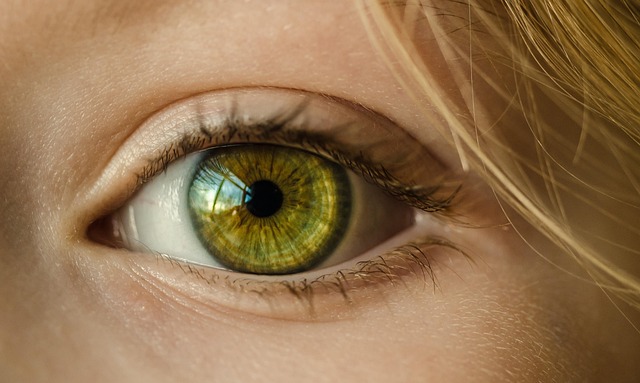Master the Art of Paint Mixing: Tips and Tricks for Beginners
There’s something truly magical about colors coming together on a canvas, transforming from mere pigments into vivid stories waiting to be told. For beginners, paint mixing can feel both exhilarating and daunting. It holds the key to unlocking a universe of creativity, allowing you to express yourself in ways you never thought possible. Whether you’re working with acrylics, oils, or watercolors, mastering the nuances of paint mixing will elevate your artwork to new heights.
Understanding Color Theory
The journey to successful paint mixing begins with a grasp of color theory. Familiarizing yourself with the color wheel is essential. Primary colors—red, blue, and yellow—serve as the foundation for all other hues. By combining these primary shades, you can create secondary colors like green, orange, and purple. As you experiment, you’ll uncover how to blend these colors into a spectrum of shades that speak to your artistic vision.
Start with a Limited Palette
As a beginner, it can be tempting to dive into the deep end with a vast array of colors. However, starting with a limited palette not only simplifies the process of paint mixing but also enhances your ability to experiment. Choose a few basics—perhaps a warm and cool version of your primary colors along with white and black. This strategy encourages you to learn how to create shades, tints, and tones, fostering a deeper understanding of color relationships.
Experiment and Keep Notes
Art is all about experimentation! Don’t hesitate to play around with different combinations. Mix small amounts of paint at first to see how colors react with each other. Keep a journal of your mixtures, noting down ratios and results. This not only helps you remember your successful blends but also builds your confidence as you see how your skill evolves.
Learn About Undertones
Undertones can dramatically change the look of a color when mixed. Understanding whether a color has a warm or cool undertone will help you make more informed decisions while mixing. For instance, mixing a warm yellow with a cool blue will yield a very different green compared to mixing a cool yellow with a warm blue. Pay attention to these subtleties; they can make or break your artistic intent!
Practice Transparency and Opacity
Different paints have different levels of transparency and opacity. Watercolors are often transparent, while oils can range from transparent to opaque. Understanding how these properties impact your paint mixing will enable you to layer colors effectively, achieving depth and richness in your work. Test each paint’s characteristics to see how they interact when mixed, either on your palette or directly on the canvas.
Have Fun with Color Mixing Tools
Don’t shy away from using tools to aid your paint mixing journey! Palette knives, spatulas, and mixing trays can extend your capabilities, allowing for broader strokes and unique textures. Online resources and apps can also help in visualizing color combinations. Remember, the goal is to have fun while discovering what colors resonate with you!
Trust Your Instincts
Finally, and perhaps most importantly, trust your instincts. Every artist has a unique voice, and understanding your personal color preferences is part of the growth process. Allow yourself to deviate from traditional color mixing methods. Embrace happy accidents and be open to unexpected results. Sometimes the most extraordinary artworks emerge from spontaneous decisions!
In the world of painting, paint mixing is not just a technical skill; it’s an art form in itself. By embracing these tips and letting your creativity flow, you’ll find that the colors you mix will not only enhance your paintings but also connect you more deeply to your artistic journey.



